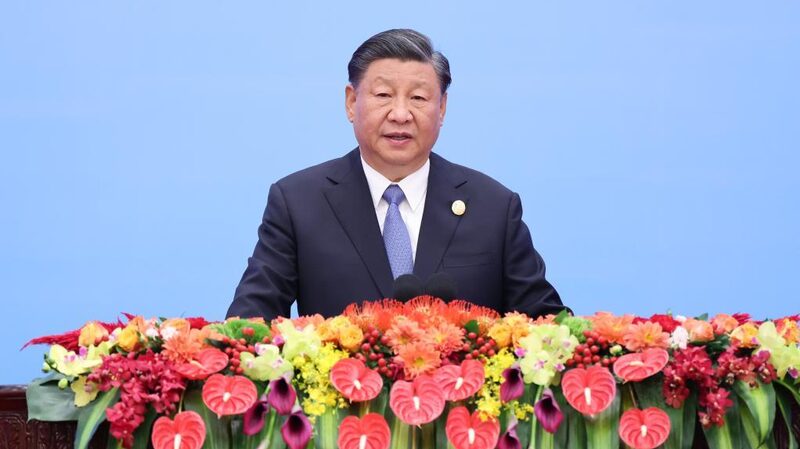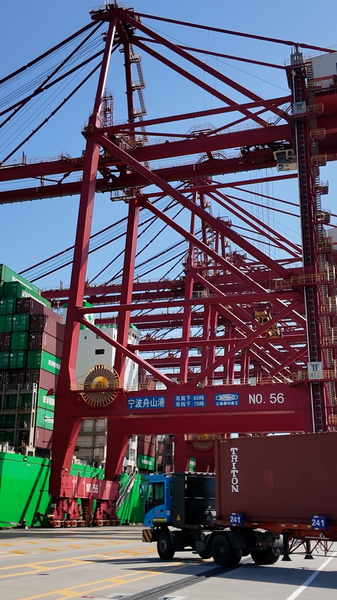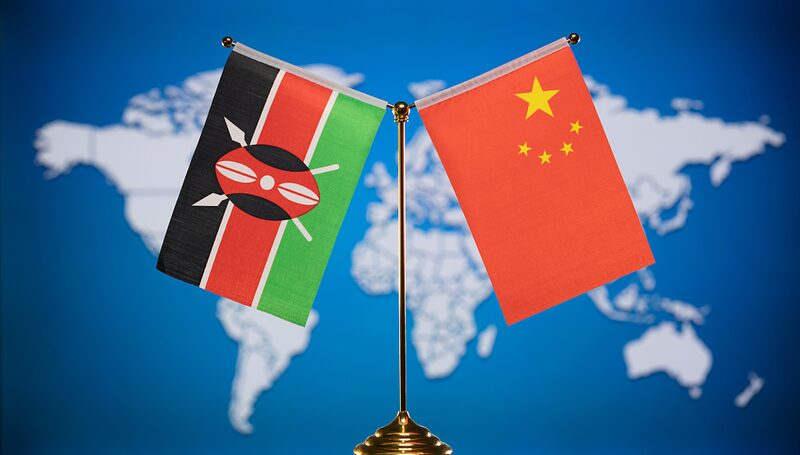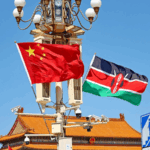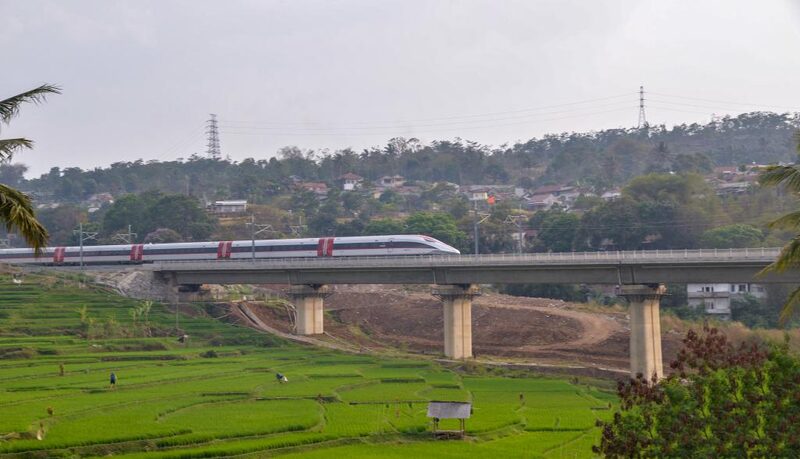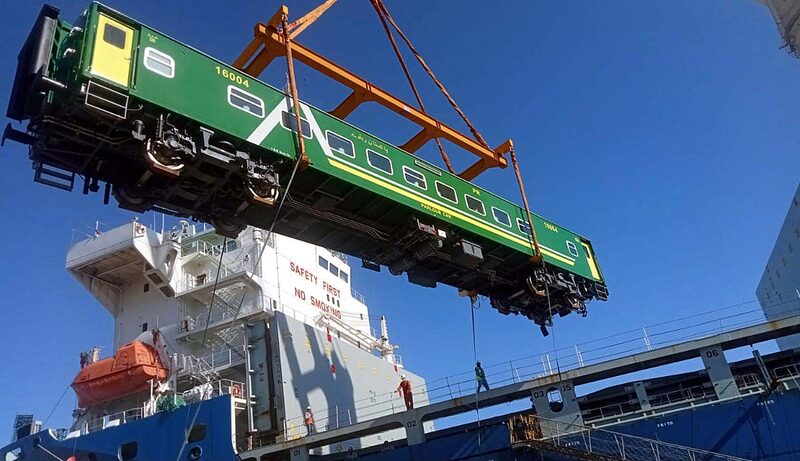From Silk Roads to Smart Hubs: How the BRI Redefined Global Ties
A decade after its launch, the Belt and Road Initiative (BRI) has evolved from ancient trade route inspiration to a modern blueprint for global cooperation. Chinese President Xi Jinping’s recent speech at the third Belt and Road forum highlighted how this US$1 trillion+ project isn’t just about railways and ports anymore – it’s about connecting cultures, tech, and 🤝 shared futures.
From Steel to Soft Power
While early projects focused on physical infrastructure (think: Kenya’s railways or Pakistan’s Gwadar Port), the BRI now champions ‘soft connectivity’ through green energy partnerships, digital corridors, and pandemic-era solidarity. During COVID-19, China supplied 2.2 billion+ vaccine doses globally, proving the initiative’s crisis-response muscle 💉🌐.
The Next Decade’s Playbook
President Xi unveiled eight new priorities for the BRI, including AI collaborations and streamlined trade rules. With 150+ countries onboard, the focus is shifting to ‘small yet smart’ projects that prioritize sustainability over scale – a nod to Gen-Z’s climate-conscious values 🌱.
As one Pakistan-based analyst noted: ‘This isn’t just China’s initiative anymore – it’s becoming the world’s development toolkit.’ Whether you’re a student studying global economics or a startup eyeing ASEAN markets, the BRI’s evolving story matters 📈🌏.
Reference(s):
cgtn.com
